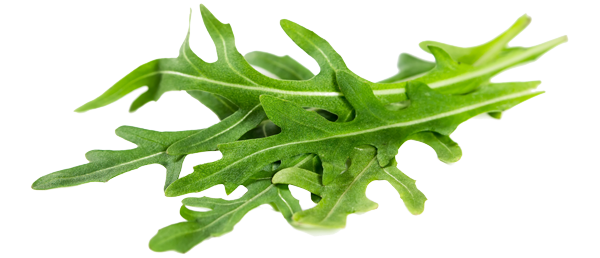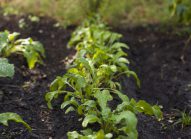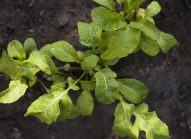Health
benefits
Exceptionally rich in calcium
Arugula is rich in calcium (for bone and teeth health, muscular contraction, blood clotting, and energy), which is rather rare for a vegetable.
Arugula is also:
- a source of vitamin B9 (for cellular renewal, particularly important for pregnant women for fetal development, for growing children, and for convalescents).
- a source of vitamin C (for the immune system, collagen formation, energy, the nervous system, iron absorption, and fatigue reduction)
It also contains:
- vitamin K
- iron
- magnesium
- selenium
- vitamin B5
- antioxidants
- glucosinolates (cancer-fighting compounds)
Nutritional
composition
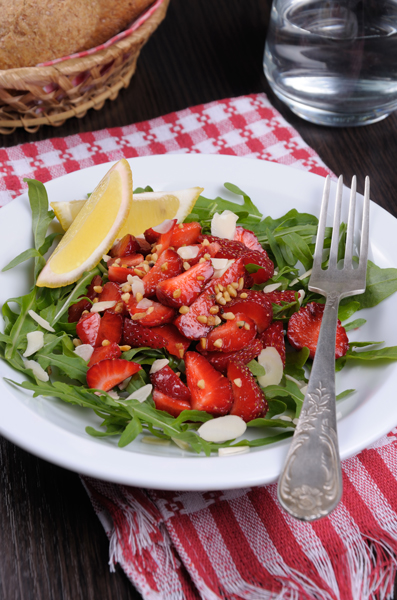
When is the right
time to eat it?
Spring and summer.
Annual arugula is planted in the garden from March to September as a cut-and-come-again. It disappears with the first frost.
-
January
-
February
-
March
-
April
-
May
-
June
-
July
-
August
-
September
-
October
-
November
-
December
Vegetable patch or urban balcony?
Arugula (Eruca sativa, from the Brassicaceae family) is an herbaceous annual that grows well in cool, fertile, well-drained soil, as well as in full sun, partial shade or full shade.
To learn everything you need to know about growing arugula, read the page on growing advice.
Choosing and
storing arugula
Choosing your arugula well:
The leaves must be pure in color, smooth, shiny, and without spots.
Storing your arugula well:
- Eat as quickly as possible after purchasing.
- Always store away from light! Otherwise the leaves will begin to yellow and lose their nutritional qualities.
- In the refrigerator: Three to four days in the vegetable drawer, in its original packaging.
Tips and
tricks
How to cook arugula
Arugula can be prepared in no time at all! As with any other salad green, wash it thoroughly. The hardest leaf stalks can be removed.
A tip from the chef for making pesto! You can substitute arugula for basil when making pesto. This mixture will have a stronger and more pronounced taste that traditional pesto.
Arugula goes well with…
Is it its intense and peppery flavor? In Antiquity, it was considered an aphrodisiac. Today, the long and serrated leaves of the arugula plant, seasoned and peppered, are used to add some punch to salads and many other culinary recipes. It is a staple of Italian cuisine.
Raw: Arugula is usually eaten in salads, sometimes mixed with other leaves, sometimes not. It adds a peppery note to steaks tartare and carpaccios. It also pairs very well with goat cheese. The combination of shrimp, lemon, and red pepper confit with arugula brings out the salty, seafood flavors of these foods.
Cooked: In Italy, where it’s often used, arugula can be found on pizzas as well as in pasta or risotto. Arugula is also used to season soups and carpaccios.
Can everyone
eat it?
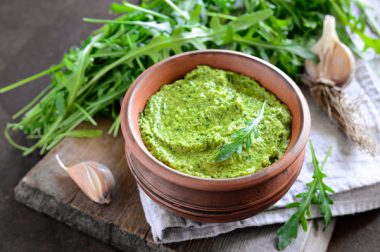
Young children
Arugula is difficult to chew and should therefore not be fed to infants before the age of 12 months. Alternatively, you can feed it to them cooked, for example in a soup. For older children, let them try an arugula leaf from time to time to get used to the taste, particularly after soaking it in yogurt sauce.
And everyone else
Arugula naturally contains erucic acid, which can be toxic in high doses. It is therefore best not to consume too much, or to ask a health professional for advice.
See plenty of other tips for encouraging children to eat vegetables
Where does it come from?
Origins and varieties
Origins: Arugula is produced in Italy and France.
Varieties: Its name comes from the Italian word “rochetta”. It’s also called “rocket” or “rucola”.
This vegetable is in the same family as watercress, mustard, radish, and cabbage.
Its leaves have a slightly bitter taste and a peppery, pungent flavor. Young arugula shoots are milder with a hint of hazelnut. Arugula seeds are used as a condiment, notably in the manufacture of hot mustard, and to make an oil. Arugula sprouts are eaten like alfalfa. These can also be used to produce an oil.
